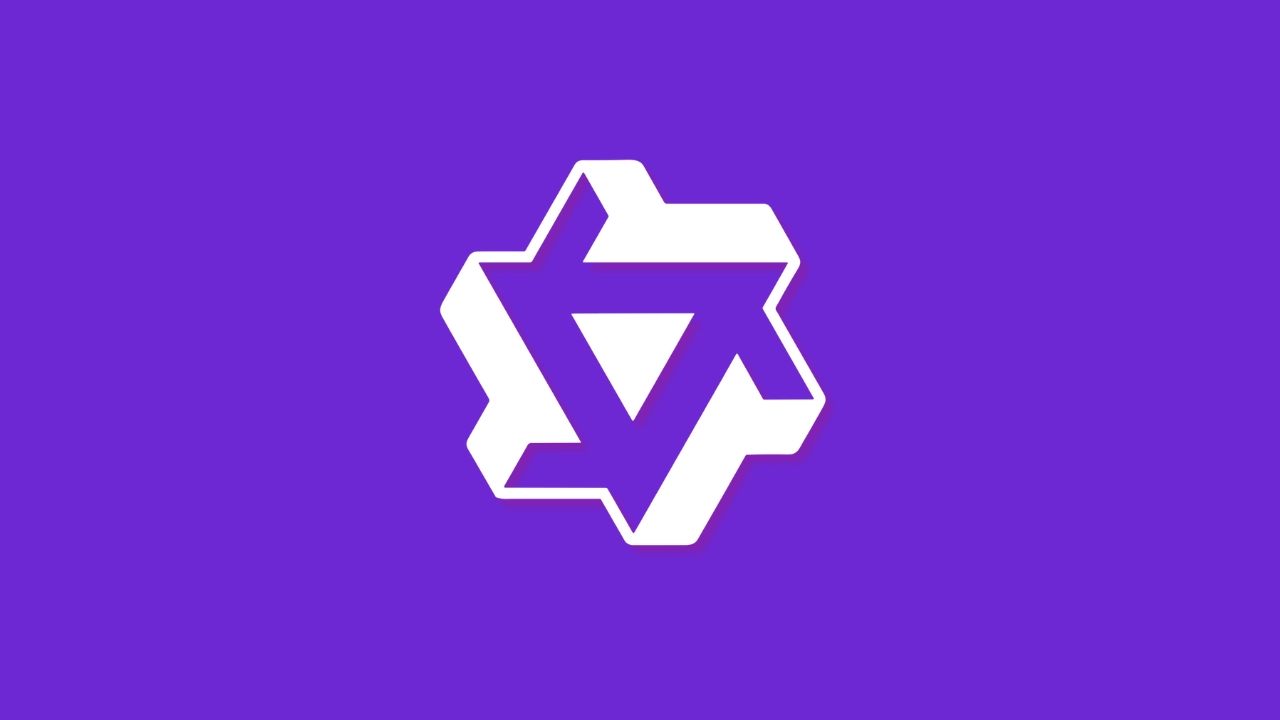
Trillion-Parameter AI on Your Desktop: The Kimi K2 Thinking Revolution Hits Local Hardware
Moonshot AI's trillion-parameter reasoning model achieves unprecedented 30+ tokens/sec performance on consumer hardware through real-time GPU/CPU orchestration
The illusion that trillion-parameter AI models require cloud-scale infrastructure just shattered. When developers started reporting 30+ token/sec inference speeds running Moonshot AI’s Kimi K2 Thinking model on mixed GPU/CPU setups, it marked a fundamental shift in what’s possible with local hardware. We’re witnessing the democratization of frontier AI capabilities, and the implications are staggering.
The Hardware Reality: Running Giants on “Consumer” Gear
Let’s get one thing straight: “consumer hardware” in this context isn’t your average gaming rig. One developer achieved the magic 31 tokens/sec benchmark using:
- EPYC 9B45 (128-core, 256 thread) CPU
- 768GB DDR5 6400 MT/s RAM
- 4x RTX 6000 Pro Workstation 96GB GPUs
This setup demonstrates the bleeding edge of what’s achievable today. As one user quipped about the RAM requirements: “Do whatever you like with this information, but I suggest not ruining your entire day by looking up the current market price for 512 GByte of RAM.” Current pricing hovers between $2,500-$6,000 for 512GB kits, with single 512GB modules exceeding $10,000.
But here’s the breakthrough: the K2 Thinking model itself weighs in at 594GB, significantly smaller than the original K2’s 1.03TB footprint. This compression comes from its native INT4 quantization, a technical innovation we’ll explore shortly.
The Secret Sauce: Native INT4 Quantization and MoE Architecture
Moonshot AI’s technical approach reveals why this performance leap is possible. According to their official documentation ↗, “To overcome this challenge, we adopt Quantization-Aware Training (QAT) during the post-training phase, applying INT4 weight-only quantization to the MoE components. It allows K2 Thinking to support native INT4 inference with a roughly 2x generation speed improvement while achieving state-of-the-art performance.”
This isn’t post-training quantization slapped onto a finished model. They baked quantization awareness directly into the training process, allowing the model to maintain performance while dramatically reducing memory requirements. The Mixture-of-Experts architecture enables this efficiency, with 1 trillion total parameters but only 32B active during inference, the model can distribute computation intelligently across available hardware.
Real-World Performance: The Numbers Speak
Independent benchmarks tell a compelling story. K2 Thinking demonstrates superior performance across multiple categories:
- Humanity’s Last Exam: 44.9 (K2 Thinking) vs 41.7 (GPT-5) vs 32.0 (other AI)
- BrowseComp: 60.2 vs 54.9 vs 24.1
- SWE-bench Verified: 71.3 vs 74.9 vs 77.2
What’s particularly impressive is that “All benchmark results are reported under INT4 precision”, meaning these numbers reflect the actual performance users experience, not some idealized full-precision scenario.

The Infrastructure Challenge: Current Deployment Reality
Getting this behemoth running requires serious infrastructure gymnastics. The KTransformers framework ↗ provides the orchestration layer that makes mixed GPU/CPU inference possible. The installation process shows the complexity involved:
This configuration offloads 252 experts to CPU while keeping 238 on GPU, leveraging Intel’s AMX instructions for CPU acceleration, a sophisticated balancing act that demonstrates why we’re seeing such impressive performance numbers.
The Open Source Quantization Race Begins
The community response has been rapid. Within days of release, developers created GGUF quantizations. As noted by VoidAlchemy on Hugging Face, “Only one quant released so far which is q4_0 for the routed experts and q8_0 for everything else. This is because the original model is released in roughly this size at ‘full quality’.”
The “full size” GGUF weighs in at 543.617 GiB (4.549 BPW), making it accessible to those with substantial but not extreme hardware. More aggressive quantizations are likely coming as the community optimizes for different hardware configurations.
What This Means for the AI Ecosystem
The implications extend far beyond technical bragging rights. As AI researcher Nathan Lambert observed ↗, “Chinese companies will start getting these [user behavior feedback cycles], but intangible’s are important to user retention.” We’re seeing Chinese labs close the gap not just in model quality but in deployment velocity.
K2 Thinking represents a fundamental challenge to the cloud-first AI paradigm. When you can run a model that “can execute up to 200, 300 sequential tool calls without human interference, reasoning coherently across hundreds of steps to solve complex problems” on local hardware, the economics of AI deployment shift dramatically.
The Hardware Arms Race Intensifies
This breakthrough comes at an interesting time for hardware pricing. As one developer noted, “DDR4 also got way more expensive, I want to cry.” The sudden demand for massive RAM configurations to run these models is creating market pressure that affects everyone from enterprise buyers to hobbyists.
Yet simultaneously, we’re seeing more accessible deployments emerge. MLX developer Awni Hannun demonstrated ↗ the model running on two M3 Ultra Mac Studios, generating “~3500 tokens at 15 toks/sec using pipeline-parallelism in mlx-lm.”
The Future Is Hybrid
What we’re witnessing isn’t just another model release, it’s a fundamental architectural shift. The combination of native INT4 quantization, sophisticated MoE architectures, and advanced inference frameworks like KTransformers creates a blueprint for running frontier models without frontier infrastructure budgets.
As developers continue to optimize these deployment patterns, the barrier to running trillion-parameter models will continue to drop. The era where organization-scale AI capabilities become accessible to individual developers and small teams has arrived, and the implications for innovation are profound.
The real revolution isn’t just that we can run massive models locally. It’s that we’re entering an era where the most capable AI systems might actually run better on your own hardware than through someone else’s API.


